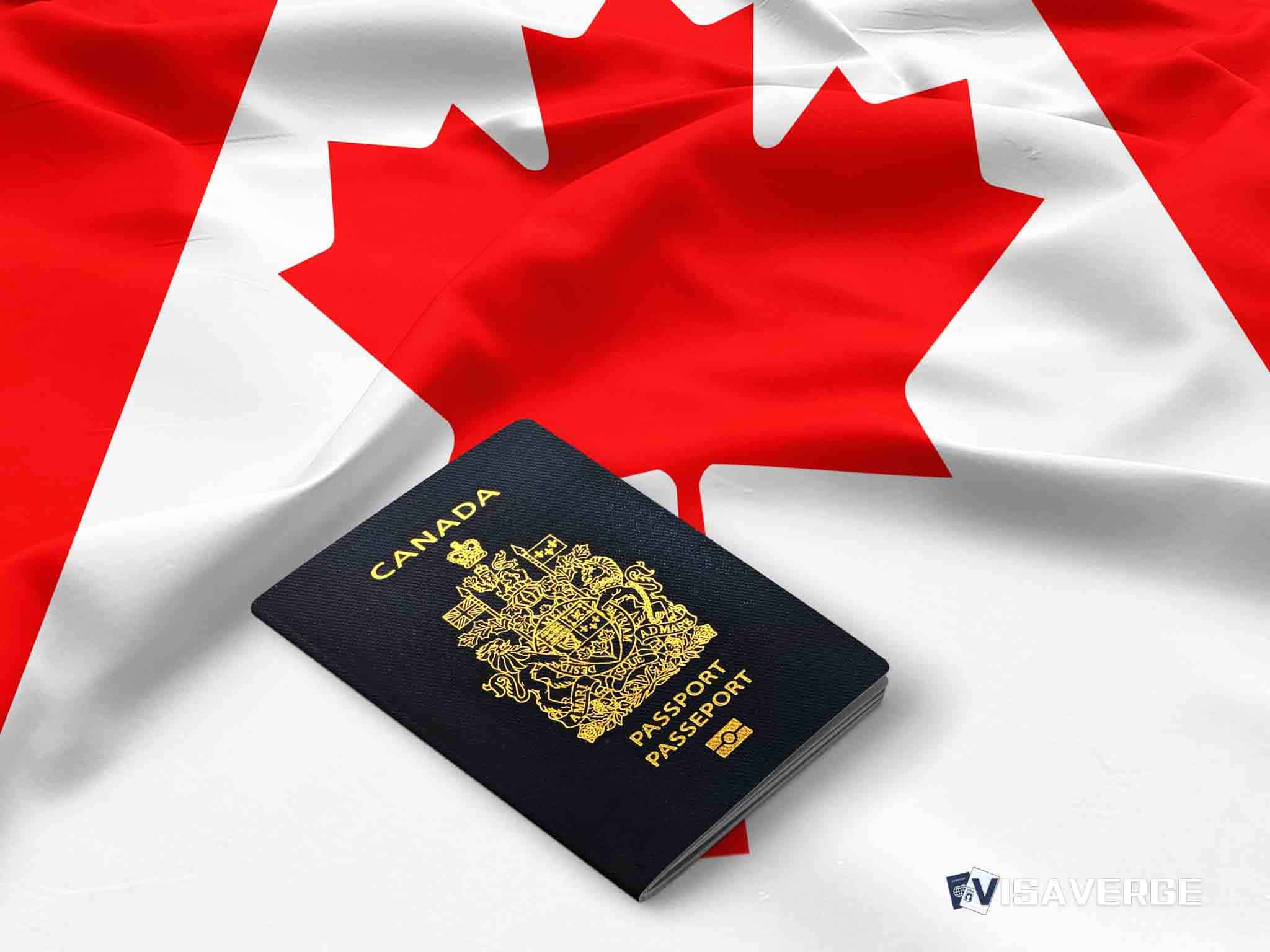(CANADA) Immigration, Refugees and Citizenship Canada (IRCC) held Express Entry draw #360 on August 8, 2025, issuing 2,500 Invitations to Apply to candidates selected for their French‑language proficiency. The minimum Comprehensive Ranking System (CRS) score was 481, and IRCC applied a tie‑break rule for profiles created before July 18, 2025 at 05:16:06 UTC.
This was the third draw in a busy week that also included Provincial Nominee Program (PNP) and Canadian Experience Class (CEC) invitations, underscoring IRCC’s current focus on targeted selections.

Category-based selection and French-language rules
IRCC’s draw falls under its category‑based selection system, which allows invitations to candidates who meet specific labor and community goals.
- For the French category, candidates typically need French results at or above NCLC 7 (Niveaux de compétence linguistique canadiens) in speaking, listening, reading, and writing.
- Acceptable tests include TEF Canada or TCF Canada.
- These category draws support Ottawa’s plan to grow Francophone immigration outside Quebec while aligning total permanent resident admissions with federal targets, according to VisaVerge.com.
2025 invitation totals and recent draw pattern
As of the August 8 draw, IRCC has issued 53,128 Invitations to Apply (ITAs) in 2025, based on public draw trackers.
- Most invitations this year have gone to PNP candidates.
- CEC and French‑language categories have received steady attention.
- The August 6–8 sequence (PNP on August 6, CEC on August 7, French on August 8) reflects a deliberate mix of program‑based and category‑based invitations designed to:
- meet labor needs,
- promote French‑speaking communities, and
- support transitions for people already in Canada.
Significance of the CRS cut-off of 481
The CRS cut‑off of 481 in this French round is notable because it is lower than many thresholds seen in all‑program or PNP‑specific draws.
- For candidates who meet the French category rules, this offers a more reachable path to permanent residence than broader draws where cut‑offs often rise.
- Language skills are a powerful way to boost an Express Entry profile; French in particular is being rewarded through targeted rounds, per VisaVerge.com.
Key takeaway: targeted French draws can lower the effective barrier for qualified French speakers compared with all‑program draws.
Policy context: Immigration Levels Plan and related changes
IRCC’s actions align with the government’s Immigration Levels Plan for 2025–2027:
- Canada aims to admit 395,000 permanent residents in 2025, 380,000 in 2026, and 365,000 in 2027.
- The plan increases the economic share of admissions and emphasizes support for Francophone communities outside Quebec.
- French‑speaking admissions targets outside Quebec:
- 29,325 in 2025
- 31,350 in 2026
- 31,350 in 2027
Readers can review the full plan on the Government of Canada website: https://www.canada.ca/en/immigration-refugees-citizenship/corporate/publications-manuals/immigration-levels-plan-2025-2027.html.
Additional policy factors:
– Ottawa intends to reduce temporary resident numbers to 5% of the total population over three years, which influences Express Entry priorities.
– Provinces faced a 50% cut to their PNP allocations in 2025, forcing tighter nomination strategies.
– Despite cuts, federal Express Entry has still featured frequent PNP draws, with French‑category selections offering another route for French speakers.
Tie‑break rule: why timing matters
If two or more candidates share the same CRS score at the cut‑off, only those who submitted their Express Entry profile before the published timestamp receive an ITA.
- For this draw the timestamp was July 18, 2025 at 05:16:06 UTC.
- Candidates at or near the cut‑off should:
- keep profiles active,
- update language results and Education Credential Assessment (ECA) reports where needed,
- ensure they meet program rules so they can receive an ITA if selected.
Eligibility and application requirements for the French category
To qualify for this category, candidates must:
- Meet the rules of one of the core Express Entry programs:
- Federal Skilled Worker (FSW)
- Canadian Experience Class (CEC)
- Federal Skilled Trades (FST)
- Demonstrate French results at or above NCLC 7 in all four abilities (speaking, listening, reading, writing) from TEF Canada or TCF Canada.
If issued an ITA, applicants must submit an electronic application for permanent residence (e‑APR) within 60 days, including:
- police certificates,
- medical exams,
- proof of funds (if required by the program),
- any other supporting documents.
Important warning: Missing the 60‑day deadline or providing incomplete records can lead to refusal. Careful preparation is essential.
Practical implications for candidates
Examples and practical steps:
- A French‑speaking software tester in Ottawa with TEF Canada scores at NCLC 7 and a CRS near 480 could find an ITA within reach at a 481 cut‑off.
- A nurse in Calgary with strong French and Canadian work experience could score higher due to combined language and experience factors.
- A bilingual couple might gain extra points from a spouse’s French results, pushing their profile above the threshold.
Recommended actions:
– Keep French results current and at or above NCLC 7 in each ability.
– Ensure the Express Entry profile is complete, with updated ECA and work history.
– Monitor draw patterns; the August 6–8 sequence shows IRCC can run back‑to‑back rounds across categories.
– If invited, prepare the e‑APR early to meet the 60‑day deadline, including police checks, medicals, and proof of funds if required.
Outlook
Analysts expect more French‑language draws in the months ahead, though the size of each round may vary as IRCC balances PNP and CEC priorities.
- For now, the message is clear: strong French skills can improve a candidate’s odds in Express Entry.
- Category‑based rounds remain a key path to permanent residence for French speakers across Canada.
This Article in a Nutshell
Express Entry draw #360 (August 8, 2025) issued 2,500 ITAs for French speakers with a 481 CRS cutoff, highlighting targeted French selections, NCLC 7 requirements, and strategic alternating of PNP, CEC and category draws to meet Immigration Levels Plan francophone goals.












